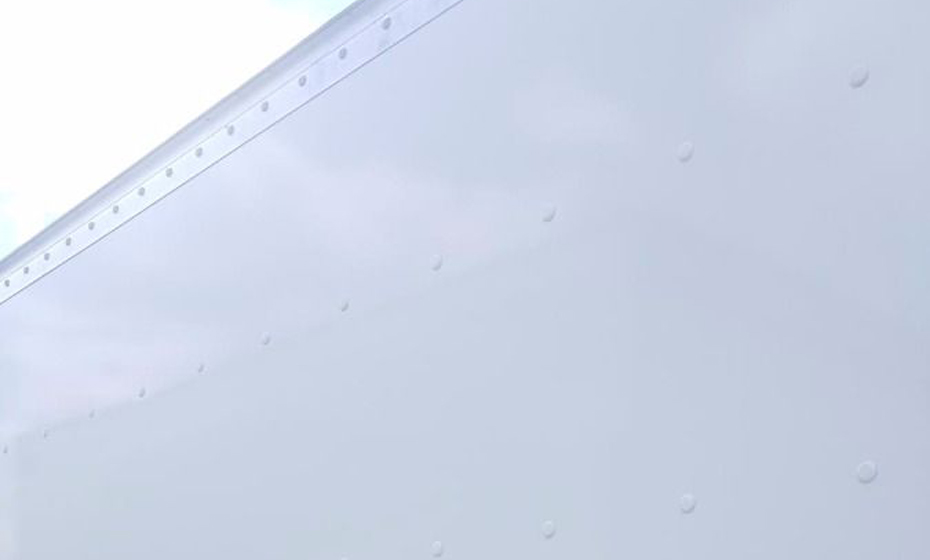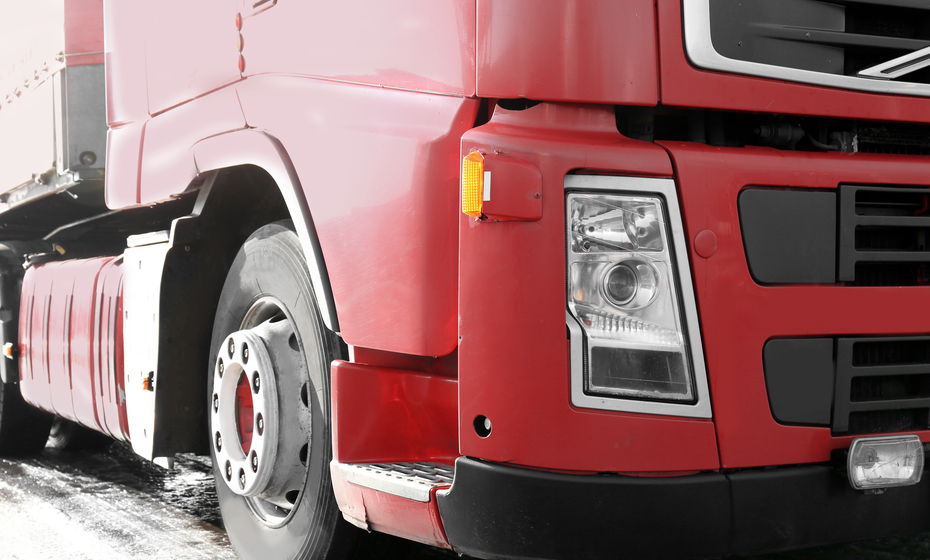Fiberglass reinforced polyester goes by many names: Reinforced Thermoset Plastic (RTP), Reinforced Thermosetting Resin Plastic (RTRP), Glasfaserverstarkter Kunststoff (GFK), and SRP or GRP which refers to Glass Fiber Reinforced Plastics. Regardless of what you call it, it is an essential component in numerous products involved in the trucking and transportation industry. It is used, most notably, for its cost-effectiveness, ease of repair, ease of complex shapes formation, smooth internal surface, thermal insulation, temperature resistant and corrosion resistant properties, lightweight properties, and high mechanical strength. In a nut shell, glass fiber and thermosetting resins make up FRP.
Material Components Details
A thermosetting product is made through chemical reactions in which warmth is released by molecules being formed. Once a molecule network is in existence, the final shape is created. When the material is heated, fire resistance is insured by this network of molecules. Polyurethane resins, epoxy, and polyester are thermosetting materials.
To maintain a fixed shape, and improve damage from the outside and improve mechanical strength, glass fiber is used. A wide variety of shapes including glass and veil bands, chopped strands, roving, and mats make up glass fiber selections.
FRP Resins
Reinforcement layers’ base materials used to be polyester resins. But times have changed. Once more and more resin manufacturers came into the picture, resins took on a whole new method of development. They can now be used inside of a product as a chemical barrier layer to prevent corrosion. The following resins are some of those which are in use today:
- Fire retardant resin
- Vinyl ester resin
- Terephtalic resin
- Bisphenolic resin
- Isopthalic neo pentyl glycol resin
- Isopthalic resin
- Orthopthalic resin
FRP Applications
Industrial markets use FRP for the processing of dry or wet gases, the storage of fluids, the processing of chemical fluids, and more. It is used in industrial markets on a global level. Strict standards must be maintained in the production of FRP for it to remain reliable. Most FRP products, such as spray headers, piping systems, chimney liners, duct systems, and storage tanks are in cylindrical shapes.
There are endless possibilities to working with FRP regarding mix of materials, capacity for combination with other materials, and regarding sickness. It possesses good insulation properties, provides a smooth surface, and is lightweight. Cylindrical applications are not exclusive to the uses of FRP as it can be used for non-cylindrical applications as well. When it comes to on-site installation, products made from FRP are ideal. Certified laminators are responsible for installation of FRP products worldwide.
Some FRP products contain CBL or a Chemical Barrier Layer. Some may additionally contain a mechanical layer. Regardless, both of these are comprised from FRP. Having direct contact with the medium, the inner layer of the product is CBL. There is a difference between the structural layer and the CBL which boils down to the variety between the resin and the glass fiber. Designing the adhesion between the layers, and the correct layers, is a skill that is expertly executed by experienced technicians.
Mickey sells FRP skins for vans as well as a slew of other components, parts, trailers, trucks, tractors, and more – all related to the trucking and transportation industry. We stand behind our products, both new and used, and offer exceptional, unparalleled customer service. Contact Mickey today to see what they can do for you regarding your unique transportation needs.




